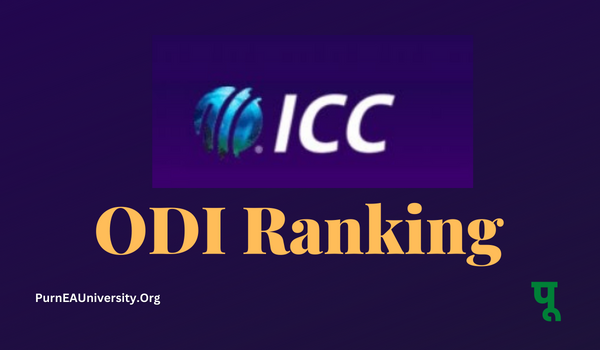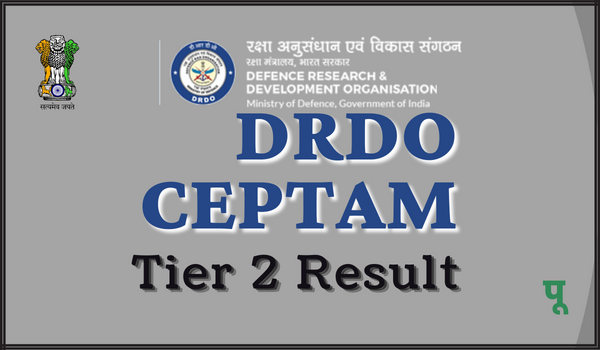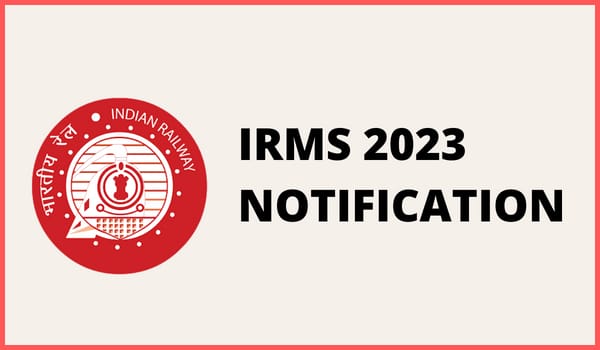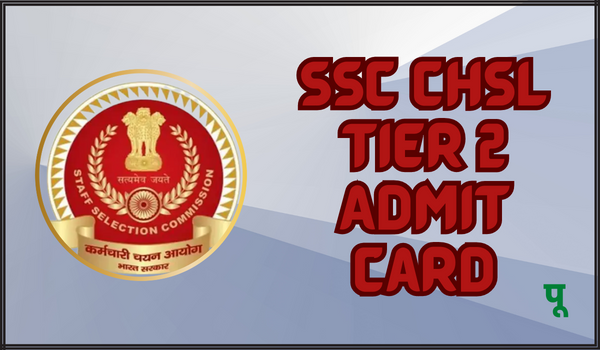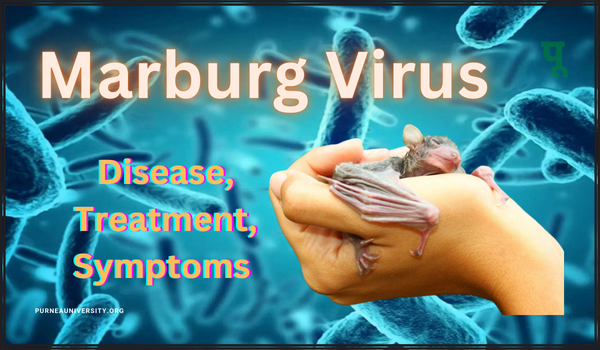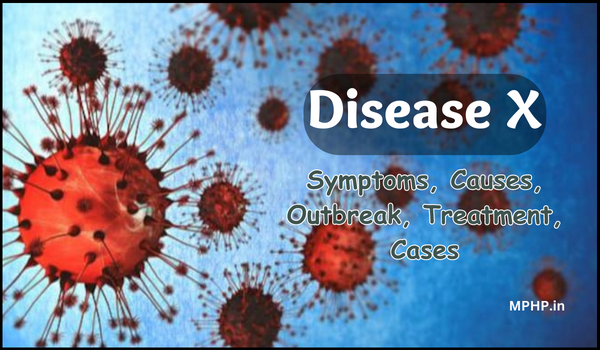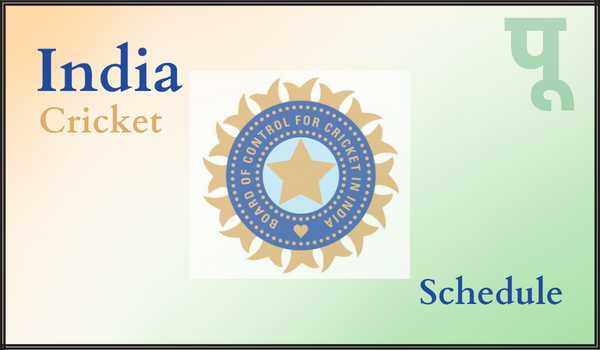DRDO CEPTAM Tier 2 Result 2023 Answer key, Cut off, Merit list
The Defense recruits young candidates per the requirement placed by the department working for the internal and external safety of the nation. It conducts the examination, and the result is placed on its site. It has recently conducted the Tier…
Oppo A58 Launch Date, Price in India, Specification & Features
Oppo A58 Launch Date, Price in India, Specification & Features, and other details regarding one of the best upcoming phones. Read to know. We are excited to share that the phone is all set to be launched in India by…
IRMS 2023 Notification, Apply Online, Exam Date, Form, Vacancy
IRMS 2023 Notification, Apply Online, Exam Date, Form, Vacancy details are now released and you can get them here. The Indian Railway Management Service 2023 Notification will become available on February 1st, 2023. The UPSC will administer exams for the IRMS. There…
National Overseas Scholarship Scheme 2023 for SC, ST, OBC, Gen Caste
National Overseas Scholarship Scheme 2023 for SC, ST, OBC, Gen Caste, and other essential information about the scheme is provided here in this article. The registrations for the National Overseas Scholarship Scheme 2023 (Round 1) will start anytime soon. Interested…
SSC CHSL Tier 2 Admit Card 2023 Exam Date, Hall Ticket Download
We have covered all the basic details about the SSC CHSL Tier 2 Admit Card 2023, the Exam Date & Steps to download the hall tickets. SSC CHSL Tier 2 Admit Card 2023 For all regions, SSC will publish the…
The Last Kingdom Season 6 Coming or Not? Release Date, Cast
Well, although, the countdown has already begun for season 6 by the fans. And we are all really excited to watch what will happen next in the coming episodes. Read and know whether The Last Kingdom Season 6 is Coming…
Kusum Solar Pump Yojana 2023 Registration, Login, Helpline Number
Governments are now taking up many steps to reduce their carbon footprint by adopting renewable sources of energy. The Indian government’s one such scheme is Kusum Yojana. Its objective is to utilise the solar power that is available in many…
JEE Main Session 2 Result 2023 Cut off, Merit List Download link
This article comprises all the latest information on JEE Main Session 2 Result 2023, Cut-off marks & Merit list. JEE Main Session 2 Result 2023 The JEE Main Session 2 Result will get announced by the National Test Agency (NTA)…
MPPEB Group 4 Admit Card 2023 Exam Date, Hall Ticket Download
In this article, we have provided details regarding the MPPEB Group 4 Admit Card 2023, the exam date & steps to download. MPPEB Group 4 Admit Card 2023 Group 4 Admit Card for Madhya Pradesh 2023 For those applicants applying…
KVS Class 1 Admission 2023 -24 Form, Last Date, Age Limit, Notification
KV schools will start their admission process for the Class 1st students. Those parents who want to get admitted their child to the KV School read the complete information. KVS Class 1 Admission 2023-24 Form, Last Date, Age Limit, Notification…









